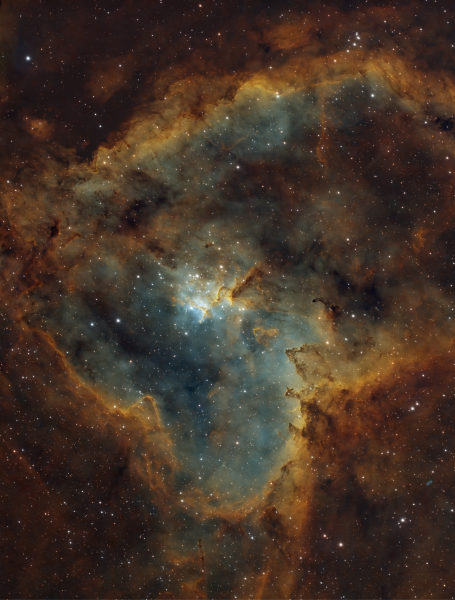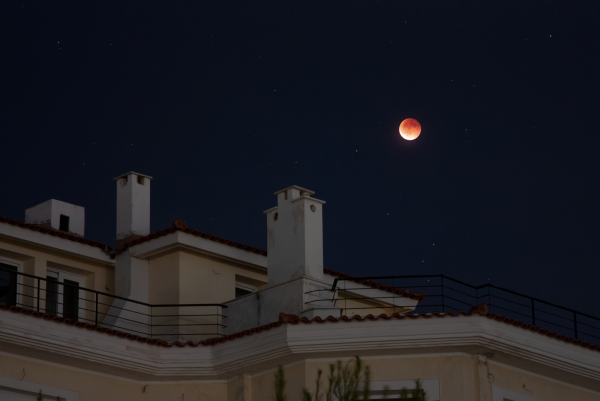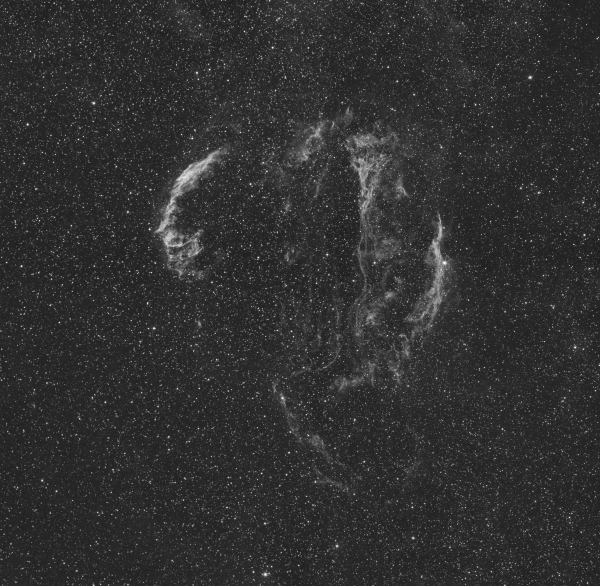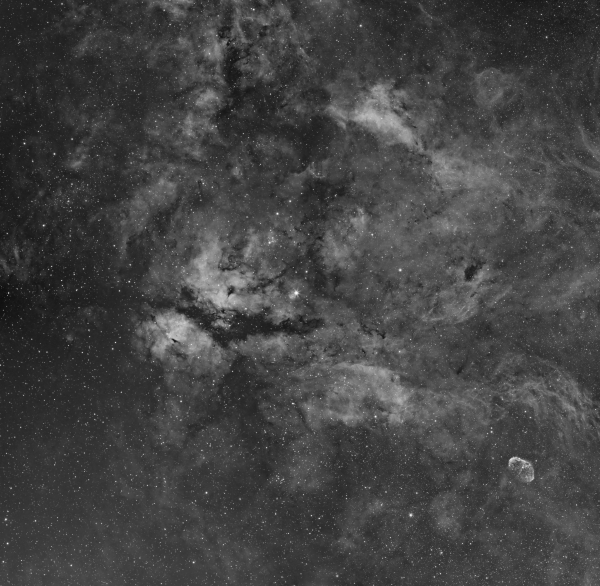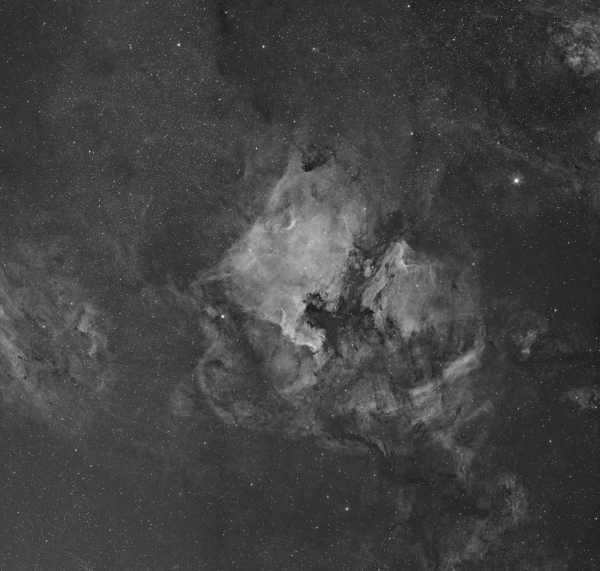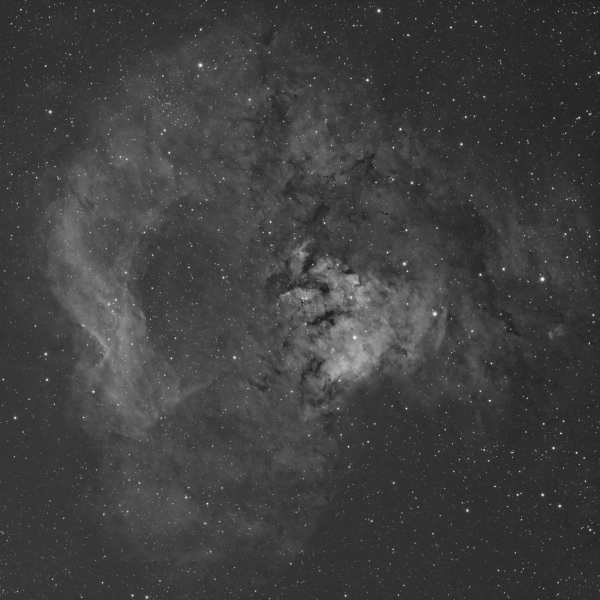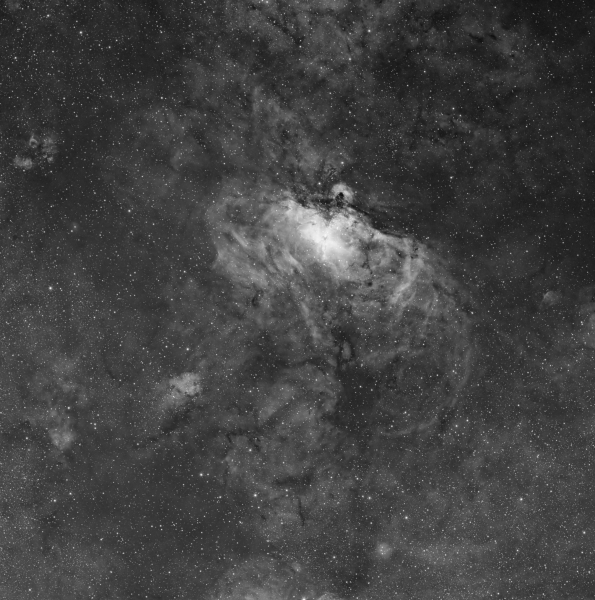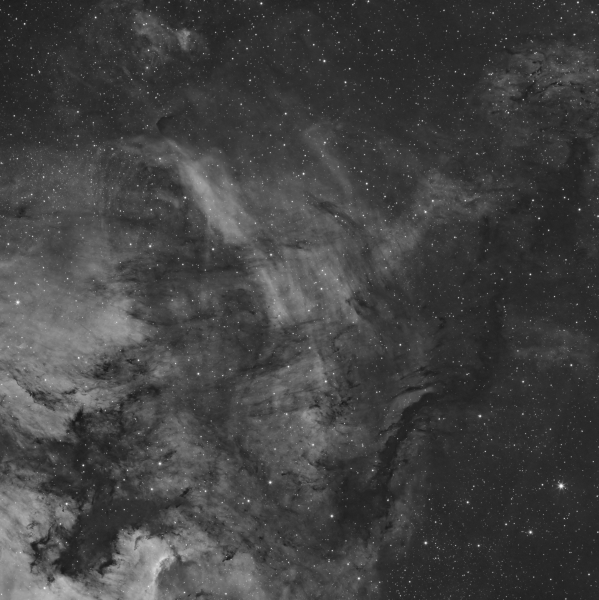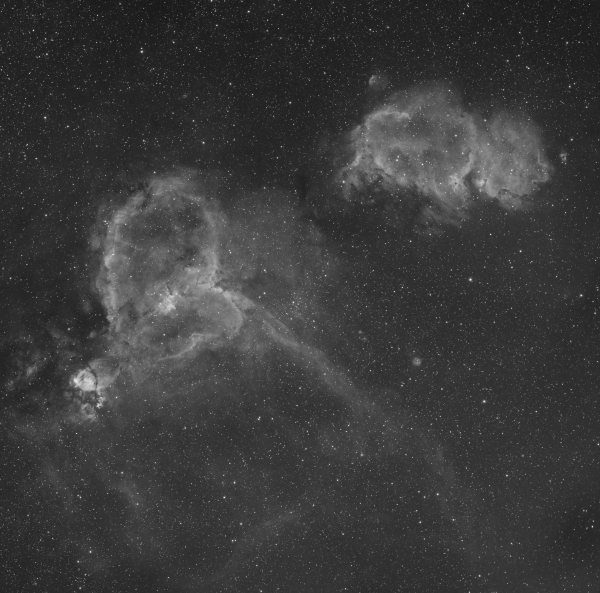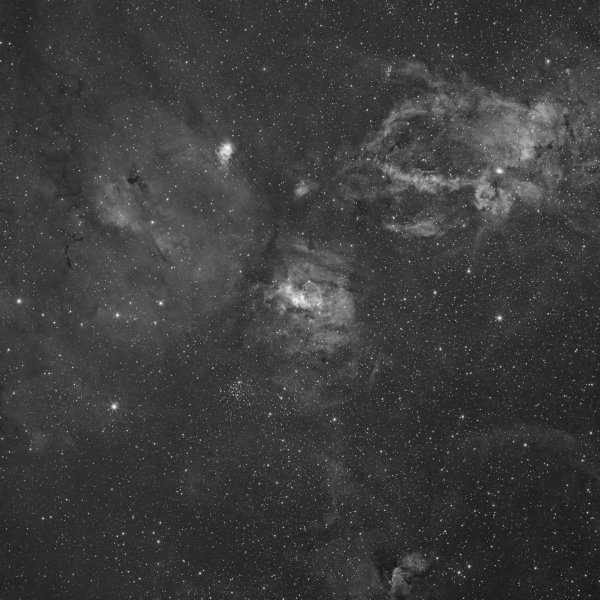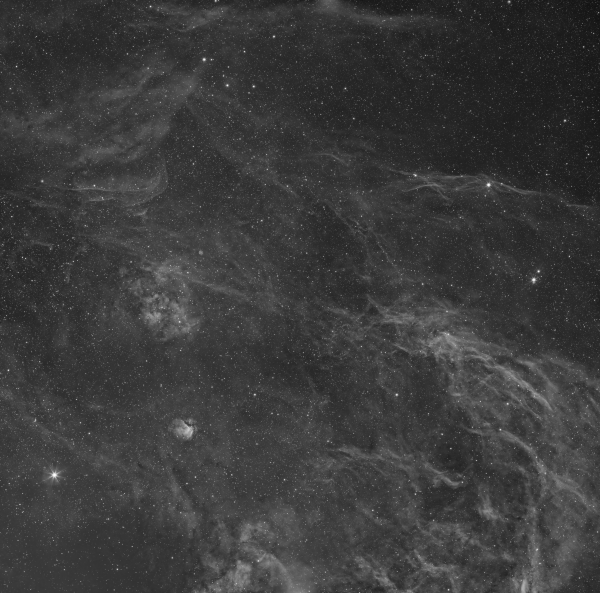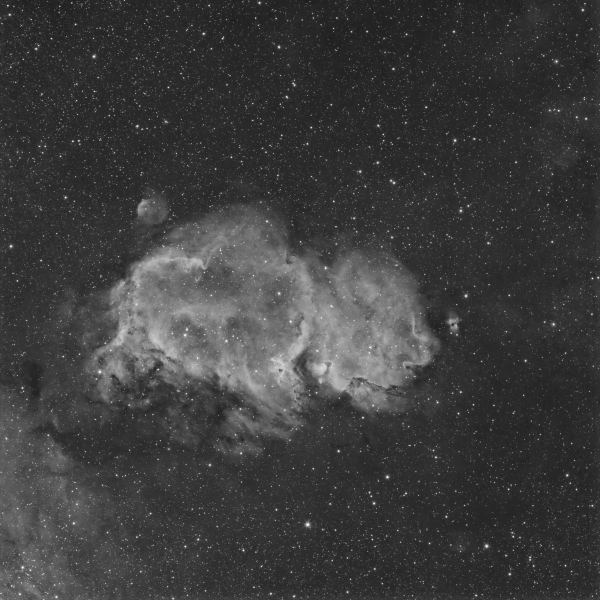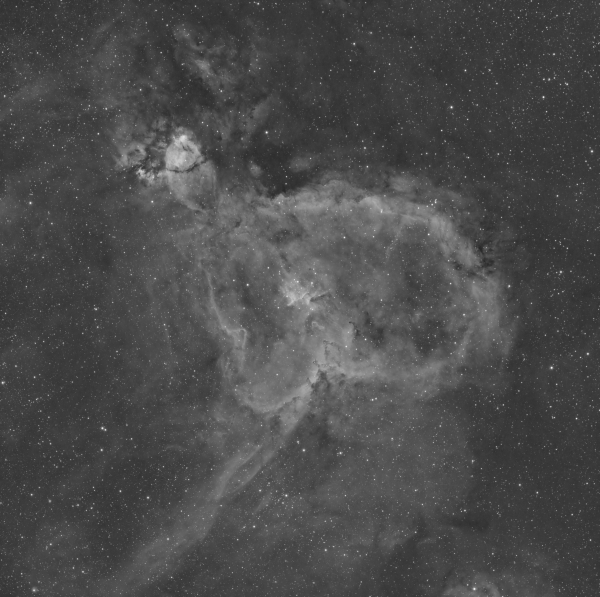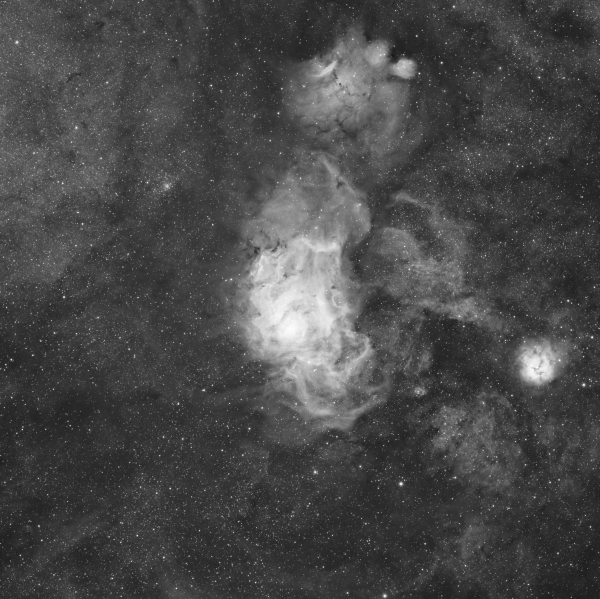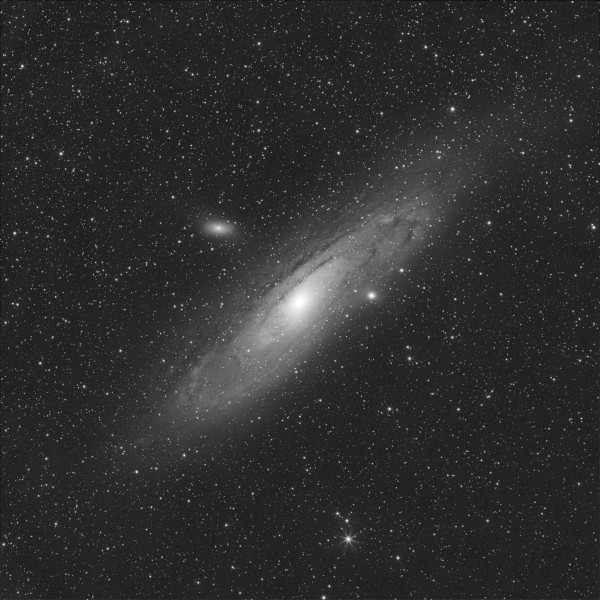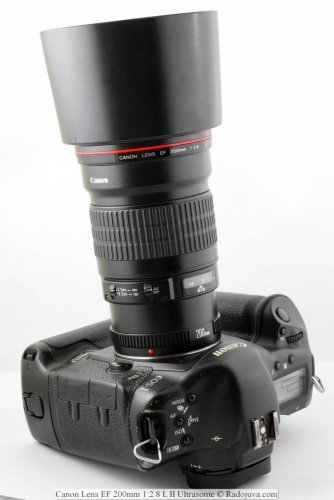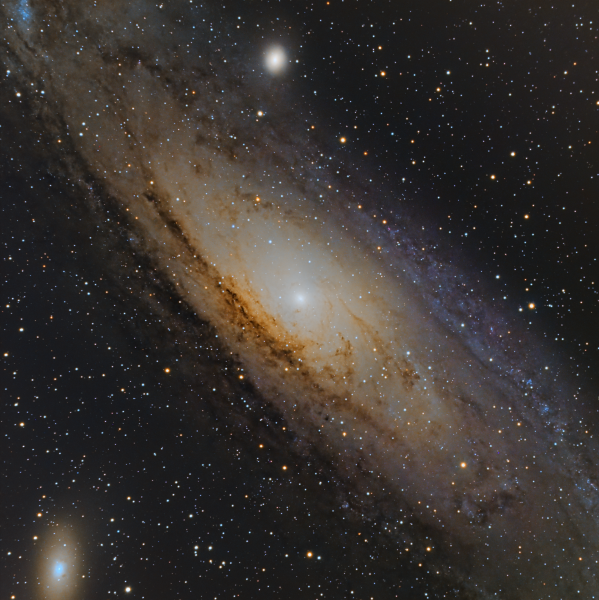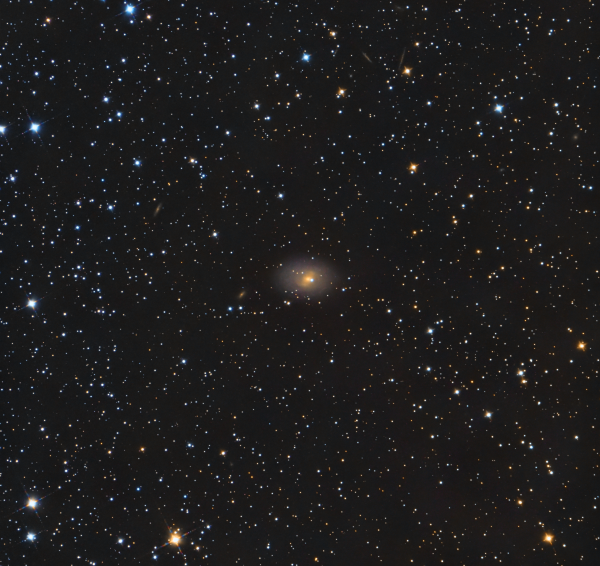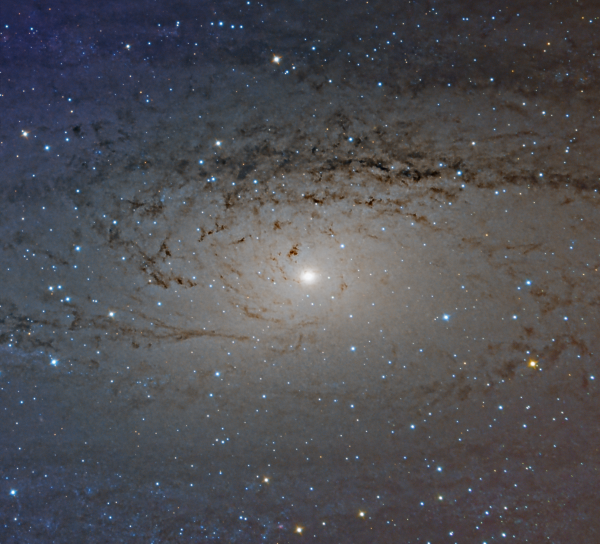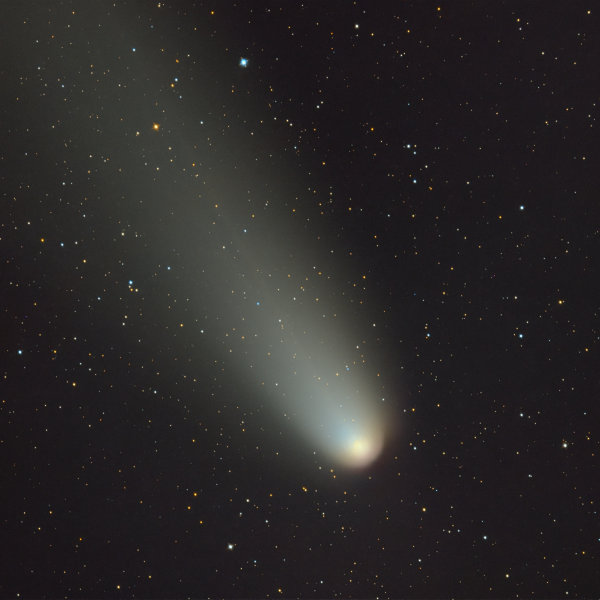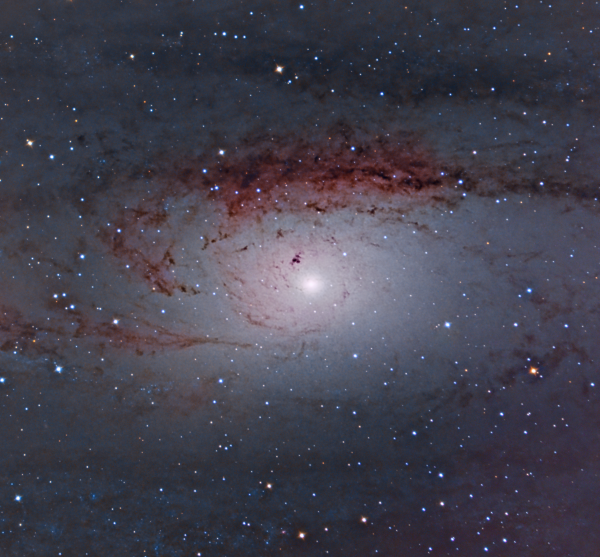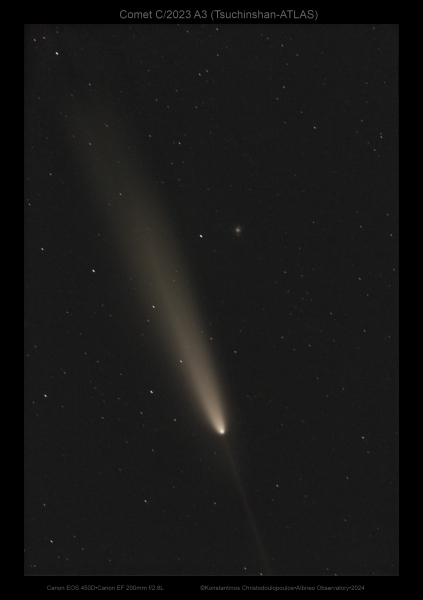-
Αναρτήσεις
3100 -
Εντάχθηκε
-
Τελευταία επίσκεψη
-
Ημέρες που κέρδισε
25
Τύπος περιεχομένου
Forum
Λήψεις
Ιστολόγια
Αστροημερολόγιο
Άρθρα
Αστροφωτογραφίες
Store
Αγγελίες
Όλα αναρτήθηκαν από KC
-
- 9 σχόλια
-
- 1
-

-
-
- 2 σχόλια
-
- 1
-

-
Imaging Lens: Canon EF 200mm f/2.8 L Mount: Skywatcher HEQ5 Synscan Pro (belt mod) Camera: QHY 533M Guiding camera: ZWO ASI120MM Mini (mono) Guidescope: SkyWatcher EvoGuide 50ED Filters: Ha Constellation: Cygnus Date: August 19, 2025 Location: Albireo Observatory 3, Achaia, Greece Exposure Time: 4 panel mosaic, 4x16x300 sec (gain: 56.00, offset: 12.00) 0°C bin 1×1 Calibration Frames: Darks, Flats, Bias, Dark Flats Acquisition: N.I.N.A Processing: Pixinsight, Photoshop
-
Imaging Lens: Canon EF 200mm f/2.8 L Mount: Skywatcher HEQ5 Synscan Pro (belt mod) Camera: QHY 533M Guiding camera: ZWO ASI120MM Mini (mono) Guidescope: SkyWatcher EvoGuide 50ED Filters: Ha Constellation: Cygnus Date: August 19, 2025 Location: Albireo Observatory 3, Achaia, Greece Exposure Time: 4 panel mosaic, 4x16x300 sec (gain: 56.00, offset: 12.00) 0°C bin 1×1 Calibration Frames: Darks, Flats, Bias, Dark Flats Acquisition: N.I.N.A Processing: Pixinsight, Photoshop
-
Imaging Lens: Canon EF 200mm f/2.8 L Mount: Skywatcher HEQ5 Synscan Pro (belt mod) Camera: QHY 533M Guiding camera: ZWO ASI120MM Mini (mono) Guidescope: SkyWatcher EvoGuide 50ED Filters: Ha Constellation: Cygnus Date: August 18, 2025 Location: Albireo Observatory 3, Achaia, Greece Exposure Time: 9 panel mosaic, 9x16x300 sec (gain: 56.00, offset: 12.00) 0°C bin 1×1 Calibration Frames: Darks, Flats, Bias, Dark Flats Acquisition: N.I.N.A Processing: Pixinsight, Photoshop
-
Imaging Lens: Canon EF 200mm f/2.8 L Mount: Skywatcher HEQ5 Synscan Pro (belt mod) Camera: QHY 533M Guiding camera: ZWO ASI120MM Mini (mono) Guidescope: SkyWatcher EvoGuide 50ED Filters: Ha Constellation: Cepheus Date: August 17, 2025 Location: Albireo Observatory 3, Achaia, Greece Exposure Time: 16x300 sec (gain: 56.00, offset: 12.00) 0°C bin 1×1 Calibration Frames: Darks, Flats, Bias, Dark Flats Acquisition: N.I.N.A Processing: Pixinsight, Photoshop
-
Imaging Lens: Canon EF 200mm f/2.8 L Mount: Skywatcher HEQ5 Synscan Pro (belt mod) Camera: QHY 533M Guiding camera: ZWO ASI120MM Mini (mono) Guidescope: SkyWatcher EvoGuide 50ED Filters: Ha Constellation: Serpens Date: August 16, 2025 Location: Albireo Observatory 3, Achaia, Greece Exposure Time: 16x300 sec (gain: 56.00, offset: 12.00) 0°C bin 1×1 Calibration Frames: Darks, Flats, Bias, Dark Flats Acquisition: N.I.N.A Processing: Pixinsight, Photoshop
-
Imaging Lens: Canon EF 200mm f/2.8 L Mount: Skywatcher HEQ5 Synscan Pro (belt mod) Camera: QHY 533M Guiding camera: ZWO ASI120MM Mini (mono) Guidescope: SkyWatcher EvoGuide 50ED Filters: Ha Constellation: Cygnus Date: August 13, 2025 Location: Albireo Observatory 3, Achaia, Greece Exposure Time: 16x300 sec (gain: 56.00, offset: 12.00) 0°C bin 1×1 Calibration Frames: Darks, Flats, Bias, Dark Flats Acquisition: N.I.N.A Processing: Pixinsight, Photoshop
-
Imaging Lens: Canon EF 200mm f/2.8 L Mount: Skywatcher HEQ5 Synscan Pro (belt mod) Camera: QHY 533M Guiding camera: ZWO ASI120MM Mini (mono) Guidescope: SkyWatcher EvoGuide 50ED Filters: Ha Constellation: Cassiopeia Date: August 12, 2025 Location: Albireo Observatory 3, Achaia, Greece Exposure Time: 4-pannel mosaic 4x16x300 sec (gain: 56.00, offset: 12.00) 0°C bin 1×1 Calibration Frames: Darks, Flats, Bias, Dark Flats Acquisition: N.I.N.A Processing: Pixinsight, Photoshop
-
Imaging Lens: Canon EF 200mm f/2.8 L Mount: Skywatcher HEQ5 Synscan Pro (belt mod) Camera: QHY 533M Guiding camera: ZWO ASI120MM Mini (mono) Guidescope: SkyWatcher EvoGuide 50ED Filters: Ha Constellation: Cassiopeia Date: August 11, 2025 Location: Albireo Observatory 3, Achaia, Greece Exposure Time: 16x300 sec (gain: 56.00, offset: 12.00) 0°C bin 1×1 Calibration Frames: Darks, Flats, Bias, Dark Flats Acquisition: N.I.N.A Processing: Pixinsight, Photoshop
-
Imaging Lens: Canon EF 200mm f/2.8 L Mount: Skywatcher HEQ5 Synscan Pro (belt mod) Camera: QHY 533M Guiding camera: ZWO ASI120MM Mini (mono) Guidescope: SkyWatcher EvoGuide 50ED Filters: Ha Constellation: Cygnus Date: August 6, 2025 Location: Albireo Observatory 3, Achaia, Greece Exposure Time: Ha: 4-pannel mosaic 6x300 sec per pannel (gain: 56.00, offset: 12.00) 0°C bin 1×1 Calibration Frames: Darks, Flats, Bias, Dark Flats Acquisition: N.I.N.A Processing: Pixinsight, Photoshop
- 1 σχόλιο
-
- 3
-

-
Imaging Lens: Canon EF 200mm f/2.8 L Mount: Skywatcher HEQ5 Synscan Pro (belt mod) Camera: QHY 533M Guiding camera: ZWO ASI120MM Mini (mono) Guidescope: SkyWatcher EvoGuide 50ED Filters: Ha Constellation: Cassiopeia Date: August 5, 2025 Location: Albireo Observatory 3, Achaia, Greece Exposure Time: Ha: 6x300 sec (gain: 56.00, offset: 12.00) 0°C bin 1×1 Calibration Frames: Darks, Flats, Bias, Dark Flats Acquisition: N.I.N.A Processing: Pixinsight, Photoshop
-
Imaging Lens: Canon EF 200mm f/2.8 L Mount: Skywatcher HEQ5 Synscan Pro (belt mod) Camera: QHY 533M Guiding camera: ZWO ASI120MM Mini (mono) Guidescope: SkyWatcher EvoGuide 50ED Filters: Ha Constellation: Cassiopeia Date: July 30, 2025 Location: Korinthos - Greece - Albireo Observatory 1 Exposure Time: Ha: 18x300 sec (gain: 56.00, offset: 12.00) 0°C bin 1×1 Calibration Frames: Darks, Flats, Bias, Dark Flats Acquisition: N.I.N.A Processing: Pixinsight, Photoshop
-
Imaging Lens: Canon EF 200mm f/2.8 L Mount: Skywatcher HEQ5 Synscan Pro (belt mod) Camera: QHY 533M Guiding camera: ZWO ASI120MM Mini (mono) Guidescope: SkyWatcher EvoGuide 50ED Filters: Ha Constellation: Sagittarius Date: July 26, 2025 Location: Korinthos - Greece - Albireo Observatory 1 Exposure Time: Ha: 18x300 sec (gain: 56.00, offset: 12.00) 0°C bin 1×1 Calibration Frames: Darks, Flats, Bias, Dark Flats Acquisition: N.I.N.A Processing: Pixinsight, Photoshop
-
Imaging Lens: Canon EF 200mm f/2.8 L Mount: Skywatcher HEQ5 Synscan Pro (belt mod) Camera: QHY 533M Guiding camera: ZWO ASI120MM Mini (mono) Guidescope: SkyWatcher EvoGuide 50ED Filters: L Constellation: Andromeda Date: July 26-27, 2025 Location: Korinthos - Greece - Albireo Observatory 1 Exposure Time: L: 50x180 sec (gain: 56.00, offset: 12.00) 0°C bin 1×1 Calibration Frames: Darks, Flats, Bias, Dark Flats Acquisition: N.I.N.A Processing: Pixinsight, Photoshop
-
Απομένει: 18 ημέρες και 20 ώρες
- Πώληση
- Νέο
Πωλείτε ο παραπάνω φακός της Canon σε άψογη κατάσταση μαζί με τον αντάπτορα για σύνδεση με cmos κάμερα. Ο φακός δίνετε με μαλακή θήκη και παρασολέιγ. > Canon EF 200mm f/2.8L II USM https://www.canon.gr/lenses/ef-200mm-f-2-8l-ii-usm-lens/ > qhy M42/M54 Threads-Canon EF/Nikon F DSLR Lens Adapter https://www.qhyccd.com/dslr-adapter/ Τιμή πώλησης όλα μαζί 700 ευρώ700.00 EUR
-
Imaging Telescope: Vixen ED81s f/7.7 Mount: Skywatcher HEQ5 Synscan Pro (belt mod) Camera: QHY 533M Filter Wheel: QHY CFW3S-SR Filters: L,R,G,B Guiding camera: ZWO ASI120MM Mini (mono) Guidescope: SkyWatcher EvoGuide 50ED Constellation: Andromeda Date: 12-13 Aug 2024 Location: Albireo Observatory 3, Achaia, Greece Sky brightness: B2 Exposure Time: 9-pannel mosaic L,R,G,B: 36x600 sec (gain: 56.00, offset: 12.00) 0°C bin 1×1 Acquisition: N.I.N.A v3 Processing: Pixinsight, Photoshop
- 1 σχόλιο
-
- 10
-

-
NGC 1169 (UGC 2503) is an intermediate barred spiral galaxy in the constellation of Perseus. NGC 1169 has a reddish center, indicating the region is dominated by older stars. In contrast, the outer ring contains larger blue-white stars, a sign of recent star formation. The entire galaxy is rotating at approximately 265 km/s. NGC 1169 was discovered on December 11, 1786 by William Herschel. Measurements of its distance range from 20.9 Mpc - 49.7 Mpc with an average of 35.1 Mpc. Imaging Telescope: Vixen VC200L f/6.4 Mount: Skywatcher HEQ5 Synscan Pro (belt mod) Camera: QHY 533M Guiding camera: ZWO ASI120MM Mini (mono) Guidescope: SkyWatcher EvoGuide 50ED Filters: LRGB Constellation: Perseus Date: October 29, 2024 Location: Korinthos - Greece - Albireo Observatory 1 Exposure Time: L: 60x120 sec (gain: 50.00, offset: 60.00) 0°C bin 1×1 R: 30x120 sec (gain: 50.00, offset: 60.00) 0°C bin 1×1 G: 30x120 sec (gain: 50.00, offset: 60.00) 0°C bin 1×1 B: 60x120 sec (gain: 50.00, offset: 60.00) 0°C bin 1×1 Calibration Frames: Darks, Flats, Bias, Dark Flats Acquisition: N.I.N.A Processing: Pixinsight, Photoshop
-
-
- 2 σχόλια
-
- 1
-

-
Imaging Telescope: Vixen VC200L f/6.4 Mount: Skywatcher HEQ5 Synscan Pro (belt mod) Camera: QHY 533M Guiding camera: ZWO ASI120MM Mini (mono) Guidescope: SkyWatcher EvoGuide 50ED Filters: LRGB Date: October 25, 2024 Location: Korinthos - Greece - Albireo Observatory 1 Exposure Time: L: 6x30 sec (gain: 50.00, offset: 60.00) 0°C bin 1×1 R: 6x30 sec (gain: 50.00, offset: 60.00) 0°C bin 1×1 G: 6x30 sec (gain: 50.00, offset: 60.00) 0°C bin 1×1 B: 6x30 sec (gain: 50.00, offset: 60.00) 0°C bin 1×1 Calibration Frames: Darks, Flats, Dark Flats Acquisition: N.I.N.A Processing: Pixinsight, Photoshop
- 2 σχόλια
-
- 6
-

-
Imaging Telescope: Vixen VC200L f/6.4 Mount: Skywatcher HEQ5 Synscan Pro (belt mod) Camera: QHY 533M Guiding camera: ZWO ASI120MM Mini (mono) Guidescope: SkyWatcher EvoGuide 50ED Filters: LRGB Constellation: Andromeda Date: October 27, 2024 Location: Korinthos - Greece - Albireo Observatory 1 Exposure Time: L: 60x120 sec (gain: 50.00, offset: 60.00) 0°C bin 1×1 R: 30x120 sec (gain: 50.00, offset: 60.00) 0°C bin 1×1 G: 30x120 sec (gain: 50.00, offset: 60.00) 0°C bin 1×1 B: 60x120 sec (gain: 50.00, offset: 60.00) 0°C bin 1×1 Calibration Frames: Darks, Flats, Bias, Dark Flats Acquisition: N.I.N.A Processing: Pixinsight, Photoshop
-
Imaging Telescope: Vixen VC200L f/6.4 Mount: Skywatcher HEQ5 Synscan Pro (belt mod) Camera: QHY 533M Guiding camera: ZWO ASI120MM Mini (mono) Guidescope: SkyWatcher EvoGuide 50ED Filters: LRGB Constellation: Taurus Date: October 26, 2024 Location: Korinthos - Greece - Albireo Observatory 1 Exposure Time: L: 30x120 sec (gain: 50.00, offset: 60.00) 0°C bin 1×1 R: 20x120 sec (gain: 50.00, offset: 60.00) 0°C bin 1×1 G: 20x120 sec (gain: 50.00, offset: 60.00) 0°C bin 1×1 B: 40x120 sec (gain: 50.00, offset: 60.00) 0°C bin 1×1 Calibration Frames: Darks, Flats, Bias, Dark Flats Acquisition: N.I.N.A Processing: Pixinsight, Photoshop
-



